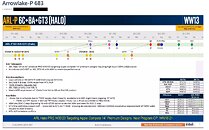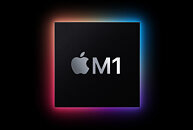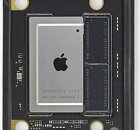
BenQ Unveils New PD3225U Design Monitor for Mac and MacBook Pro Users
BenQ, a global leader in display technology, announced today the launch of its newest professional monitor, the PD3225U. Featuring IPS Black for 2000:1 contrast ratio, Color Match with Mac devices through M-book mode, and iKeyboard Control, the PD3225U is the perfect creative complement for Mac users in need of color accuracy and enhanced connectivity.
Through IPS Black technology, the PD3225U expresses 35 percent deeper blacks than a conventional IPS monitor by minimizing light leakage, changing and improving liquid crystal array, so colors are more vibrant than ever before. The new design monitor also offers Color Match for Mac devices with its M-book Mode and 98% Display P3 color space, as well as certifications such as Calman Verified, Pantone Validation, and Pantone SkinTone Validation. For corner-to-corner authentic color and consistent luminance, the PD3225U leverages BenQ's exclusive Uniformity Technology. In addition, the monitor incorporates BenQ's exclusive Display ColorTalk software, which effortlessly matches colors between the monitor and MacBook Pro without needing a calibrator.
Through IPS Black technology, the PD3225U expresses 35 percent deeper blacks than a conventional IPS monitor by minimizing light leakage, changing and improving liquid crystal array, so colors are more vibrant than ever before. The new design monitor also offers Color Match for Mac devices with its M-book Mode and 98% Display P3 color space, as well as certifications such as Calman Verified, Pantone Validation, and Pantone SkinTone Validation. For corner-to-corner authentic color and consistent luminance, the PD3225U leverages BenQ's exclusive Uniformity Technology. In addition, the monitor incorporates BenQ's exclusive Display ColorTalk software, which effortlessly matches colors between the monitor and MacBook Pro without needing a calibrator.
























































